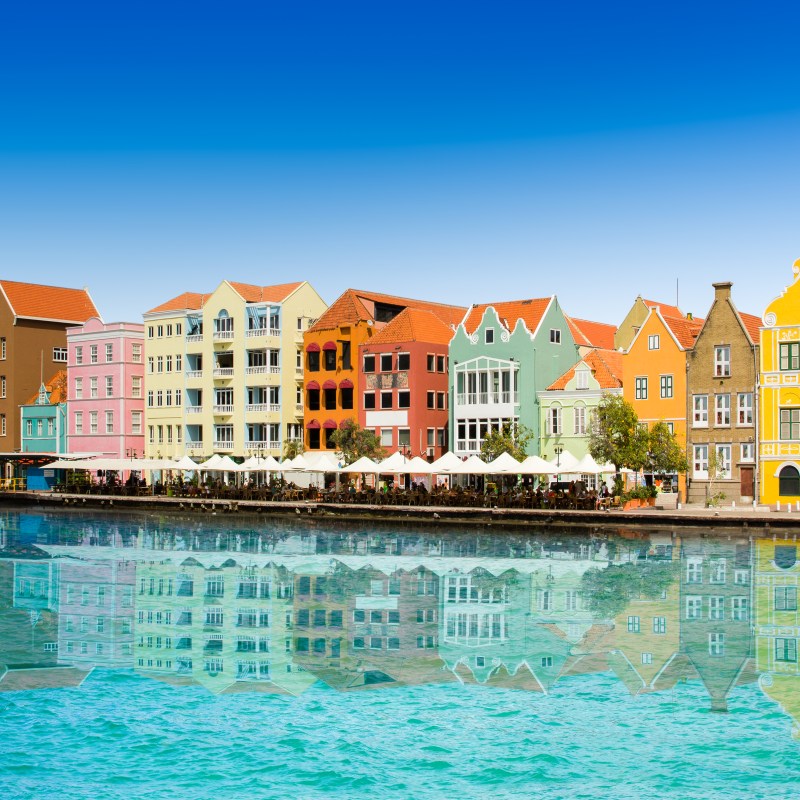
You’ve explored the tropical wonders of the Dominican Republic and Jamaica. You’ve snorkeled the shipwrecks of the Bahamas and Bimini. You’ve ported on the Royal Caribbean’s private Coco Cay.
Videos by TravelAwaits
Maybe you’ve island-hopped from St. Croix to St. Thomas to St. John in the US Virgin Islands, or headed to another famous spot that you can reach without a passport: Puerto Rico.
If that’s the case, congratulations—you’re a veritable Caribbean island-hopper.
But you’re still at the start of your tropical travel journey. And you can’t call yourself a true Caribbean aficionado unless you visit Curaçao, the largest and most popular of the Dutch Caribbean islands—aka the ABC islands.
If you’ve heard the name but can’t nail down what makes Curaçao so distinct from the other Caribbean islands mentioned here, then keep reading. I’m here to sell you on this well-known island that’s slowly but surely ending up on more Americans’ radars.
Here’s why it might be the perfect time to visit Curaçao.
5 reasons it’s time to visit Curaçao
It’s outside the hurricane belt
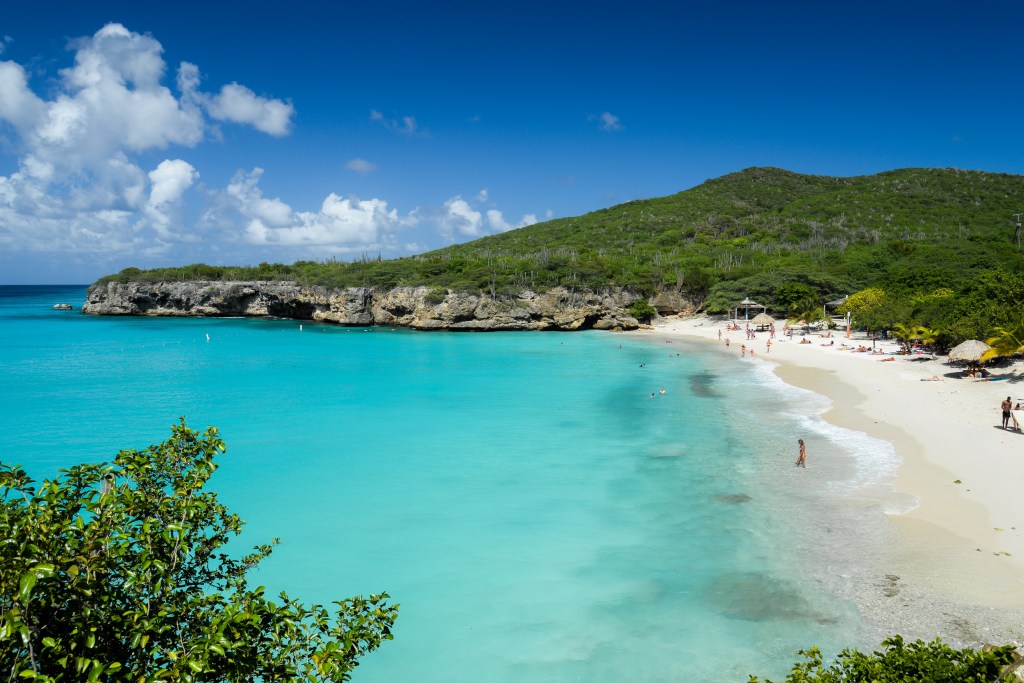
One reason Curaçao has become a tourist hub is its location on the very edge of the Caribbean’s Hurricane Belt. On top of that, the island is known for its year-long mild weather. Those two factors make it highly likely that your trip won’t be bogged down by heavy rains or torrential storms.
Can I guarantee great weather? No. But even in November at the height of the rainy season, the chances of showers are only 20%. The chances of a hurricane sweeping through are much, much lower.
Part of the capital city is a UNESCO World Heritage Site
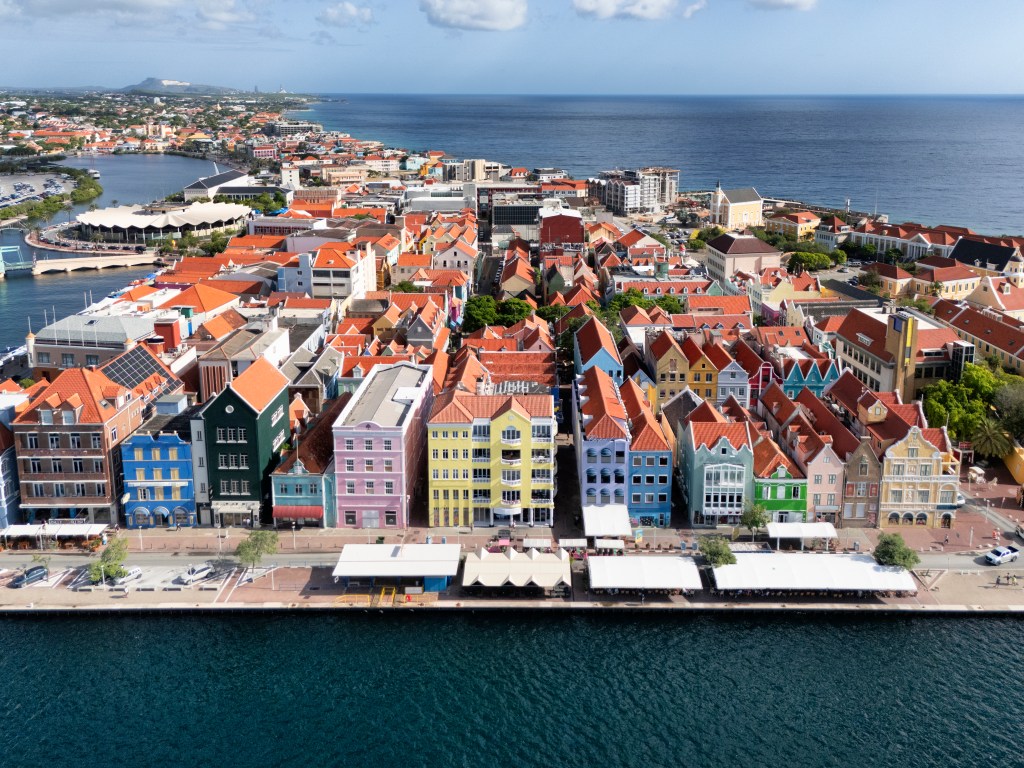
Willemstad is the capital of Curaçao, and it’s home to an iconic UNESCO World Heritage Site that you’ll probably recognize from photos. As someone who loves learning about history when traveling, that’s a pretty heavy pull. If you enjoyed exploring Old Town San Juan in Puerto Rico, you’ll enjoy the same in Willemstad.
That being said, I want to put in a little caveat: Curaçao’s historic district is rimmed by a more modern city center, along with a few oil refineries. (I think the image for this section does a good job of highlighting the area’s size.)
Don’t expect a vast colonial city to explore—instead, there are a few lovely buildings and waterfront areas to walk, where you can learn about the city’s history as a major port from 1650-1800.
It has trendy shops and unique new projects
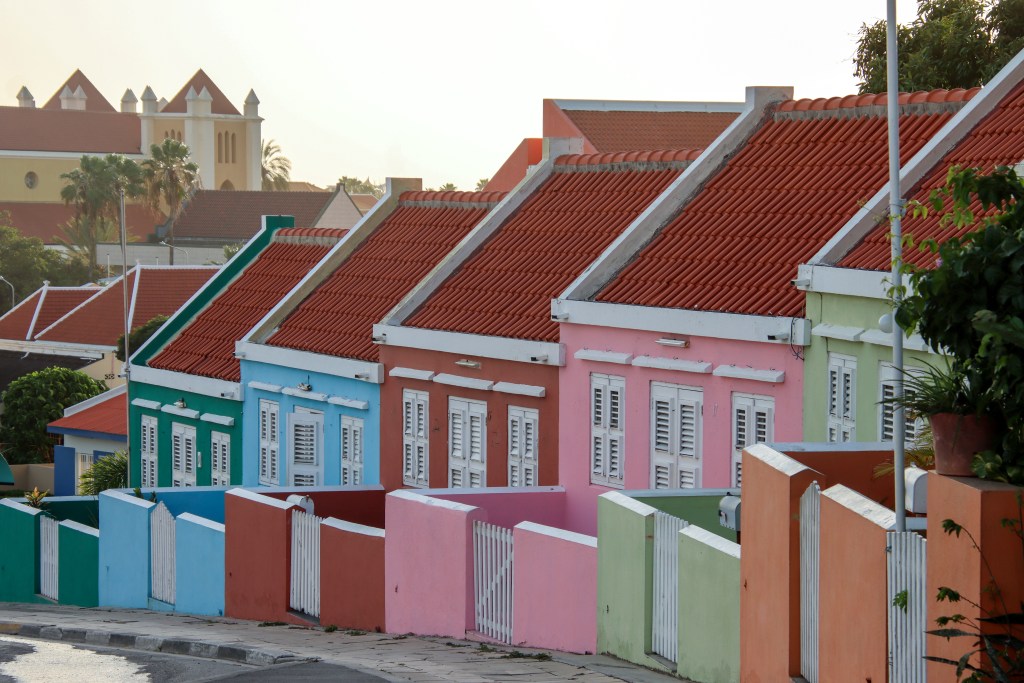
If there’s one thing that Curaçao excels in, it’s culture. You’ve likely heard of Curaçao’s famous nightlife, but that’s just the tip of the iceberg. While many parts of the island cater to resort-loving tourists who stick to beaches and pools, you can find hyper-trendy eateries, clubs, and boutiques.
Willemstad is home to two well-known neighborhoods: Otrobanda and Punda. You can find upscale shops from major designer labels in Punda, while Otrobanda has larger and more affordable shopping centers. But look out for smaller, more homegrown projects, like Landhuis Bloemhof and the Cathedral of Thorns.
Festival culture is alive and well
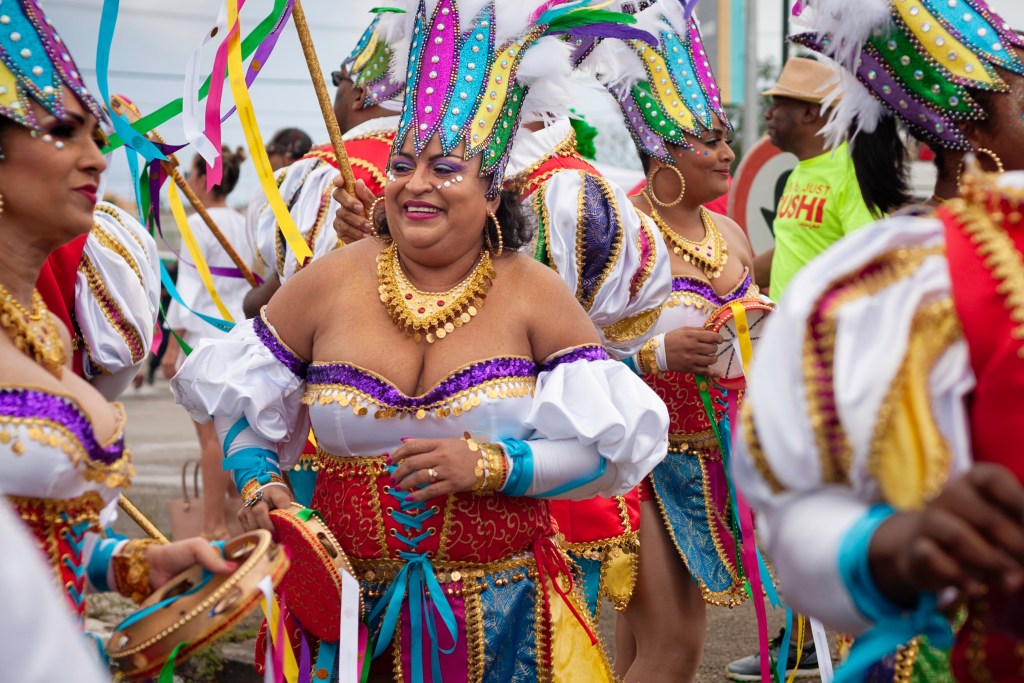
If you’re new to traveling in the Caribbean, you might not know how prevalent festival culture is. Festival culture refers to each island’s unique list of annual celebrations, most of which combine elements of African heritage, native Caribbean culture, and European holidays, including religious holidays like Carnival.
Carnival falls on or close to Fat Tuesday, a Catholic holiday that precedes the introspective lent period. It’s the same Mardi Gras celebration that NOLA is famous for, just with a slightly different setup and history.
Carnival is just the tip of the iceberg. Every island has its own unique dishes, music, dances, and ways to celebrate what makes it distinct from other islands. In Curaçao, you can experience the North Sea Jazz Festival, Kaya Kaya, Tumba Festival, and more.
You can go luxury or budget
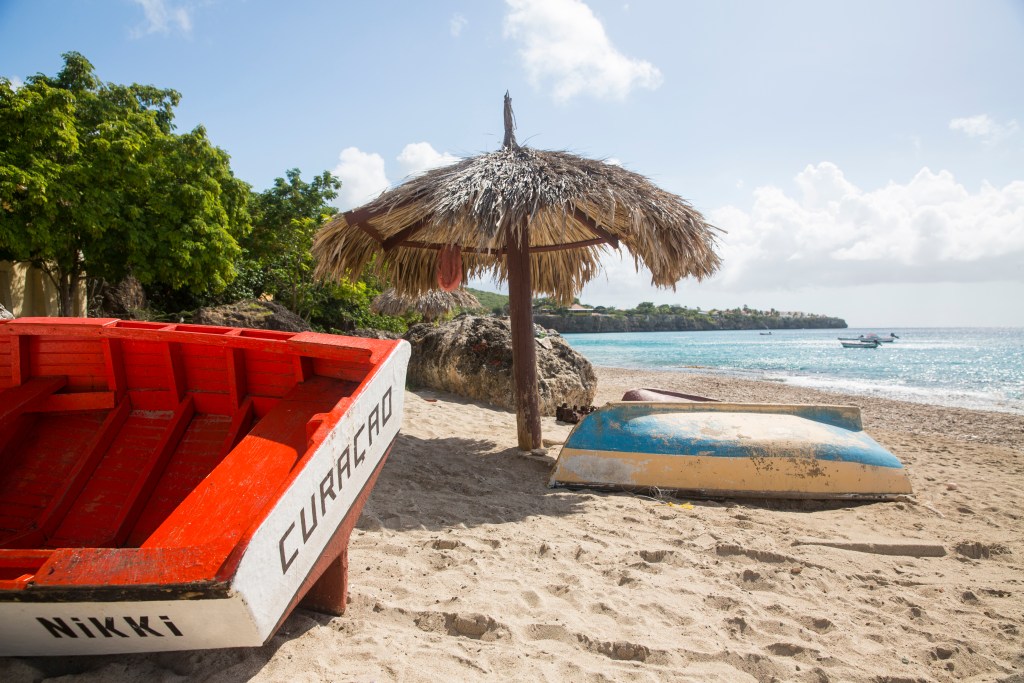
Why visit Curaçao? From hostels to upscale resorts, this island has a price point for every traveler. That range is reflected in other ways, too, from its dining scene to its shops to its outdoor activities.
If you want to keep it basic, you can book a room at a hostel, dine at local joints, and explore beaches at your own pace.
If you want a more hands-off vacation, you can stay at a resort or hotel that comes with private beachfront access, makes it easy to plan off-the-grounds tours, and can help you locate fine dining establishments.
Curaçao even has its own restaurant week—and it’s a popular island for major Caribbean and European chefs. Just saying.
The only caveat is that rideshares can be a bit expensive if you plan on using them as your primary mode of transportation. If you want the freedom of the open road, I recommend booking a car rental or booking day trips with your concierge or a tour platform.
